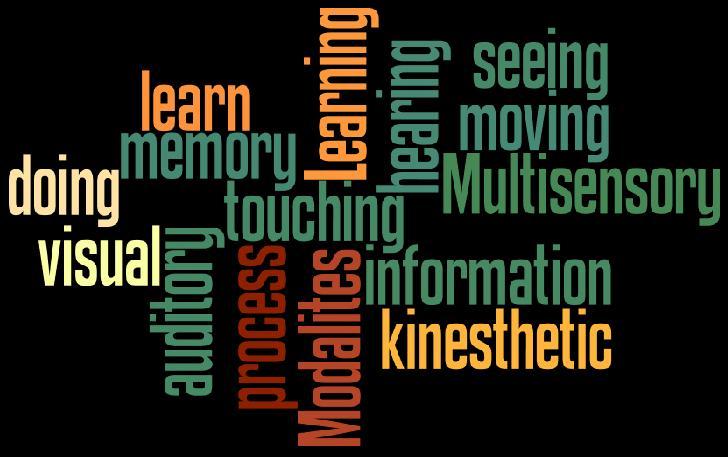One of the things I teach is how to raise mental potential in various ways playing pocket billiards. The subconscious is an amazing tool when utilized correctly and can actually be detrimental {in ways} if it's not. I believe it's important to learn ways to maximize our potential, not only in our pool games, also in business, and personal areas of our lives.
Our senses tend to get stronger in one area, when weakened in another. For example, if the lights were to suddenly go out we all instantly have better touch and feel - it's proven that blind people have better hearing (and touch for reading braille) and visa versa. Many people don't "real eyes" that we can intentionally decrease and increase our senses.
We can use this phenomenon to our advantage when we get down on a pool shot. Above the ball we want to be 90% (for example only) visual and only about 10% kinesthetic (feel and touch).....we stay in that mode and concentrate mostly on the object ball until our hand hits the table and our focus shifts to the cue ball.......at this point our visual sense should be deliberately diminished (towards the object ball) so we can raise our sense of touch (and feel) to connect and fully absorb into the shot.
Understanding how this is done is a HUGE advantage because it enables the player to maximize both their visual experience AND their "feel and touch" experience on the same shot by effectively shifting back and forth from one to the other at EXACTLY the vital time, thus synergistically increasing both sense's full potential.
This information can be amazingly beneficial so give it some serious thought....you'll be glad you did and if this process "clicks" you will have a very powerful mental tool in your "pool box" that may also enhance other areas of your life.
www.thegameistheteacher.com
